Father of Fiber Optics Charles Kao
Contact us for more sample, According to your needs, customize for you.
inquiry nowFather of Fiber Optics Charles Kao
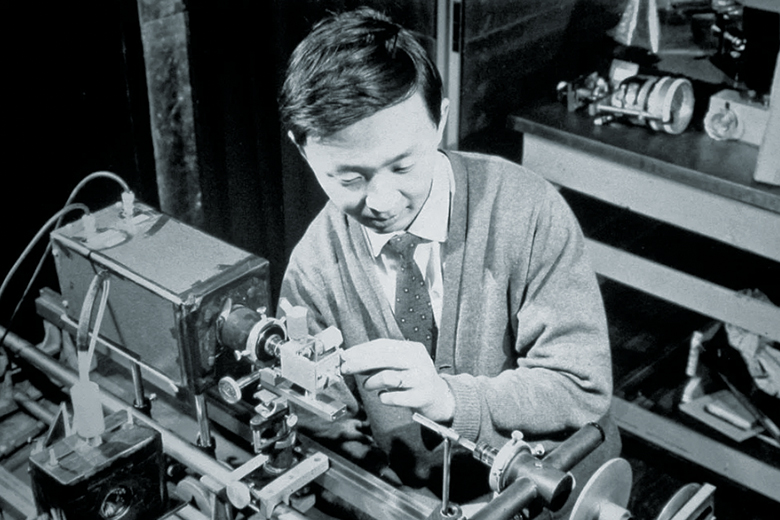
Charles Kao, who discovered some of the physical properties of glass in the 1960s, laid the foundation for high-speed data communication in the information age and is known as the "father of optical fiber communication." Before Dr. Kao's pioneering work, it was widely believed that glass fibers were unsuitable as conductors of information because of the excessive signal loss caused by light scattering. Dr. Kao realized that by carefully purifying the glass, it was possible to create bundles of fine fibers that could transmit large amounts of information over long distances with minimal signal attenuation and could replace copper wires for communication. He shared the 2009 Nobel Prize in Physics with Canadian physicist Willard S. Boyle (1924-2011) and American scientist George E. Smith (1930-), Together, they invented a charge-coupled device for converting optical information into electrical signals. Optical fibers and charge-coupled devices enable the broadband communications on which contemporary medical informatics and electronic publishing depend, as do specific imaging devices in ophthalmic devices and microscopes.
Charles Kao was born on Nov. 4, 1933, in Shanghai, China. His father, a lawyer, received his juris Doctor from the University of Michigan in 1925 and later became a professor at Soochow University in Shanghai. As a child, Dr. Kao studied classical Chinese literature at home with a tutor and studied English and French at an international school in Shanghai.
In 1948, Dr. Kao moved his family to Hong Kong. In 1952, Dr. Kao completed secondary school at St. Joseph's College. He then went to England to complete his undergraduate studies in electrical engineering at Woolwich Polytechnic (now the University of Greenwich). In 1965, Dr. Kao received a doctorate in electrical engineering from the University of London and worked as an engineer at the Standard Telephone and Cable Research Center in Harlow, England.
In 1970, he joined the Chinese University of Hong Kong to establish the Department of Electrical Engineering. In 1974, he moved to Roanoke, Virginia, USA, to work for ITT Corporation (parent company of Standard telephone and cable) as chief scientist and later as director of engineering. During this period, many key patents related to fiber optics were filed. In 1982, he was named ITT's first executive scientist and moved to Connecticut, where he also served as an adjunct professor at Yale University. In 1987, Dr. Kao returned to the Chinese University of Hong Kong as Vice president. He retired in 1996 and has since held visiting professorships and various honorary positions.
In 2004, Dr. Kao was diagnosed with Alzheimer's disease, and he and his wife, may-wan, a former Fortran programmer he met while studying in London in the 1950s, eventually moved to California to be closer to their children. After Dr. Kao was awarded the Nobel Prize, his wife said in an interview that the prize would be used to pay for Dr. Kao's medical expenses, possibly the first time a Nobel Prize had been used for such a purpose.
A Hong Kong stamp commemorating Dr. Kao was issued in 2010. In addition to the Nobel Prize, Dr. Kao has received many awards, including the Faraday Medal in 1989, the Alexander Graham Medal in 1985, the Marconi Medal in 1985, and numerous honorary degrees from universities and colleges around the world.


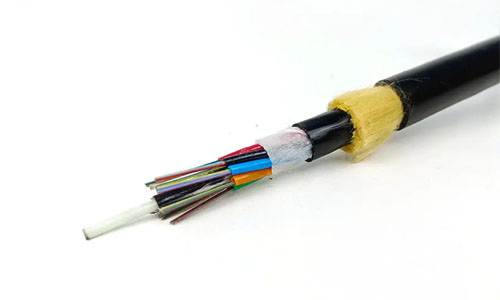 ADSS Fiber Optic Cable
ADSS Fiber Optic Cable ASU Fiber Optic Cable
ASU Fiber Optic Cable OPGW Fiber Optic Cable
OPGW Fiber Optic Cable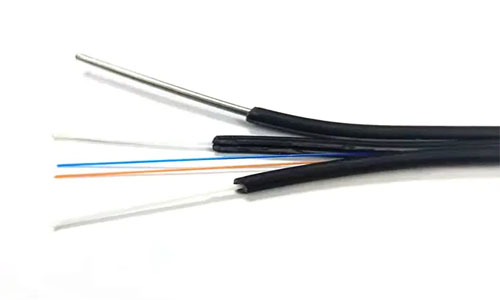 FTTH Fiber Optic Cable
FTTH Fiber Optic Cable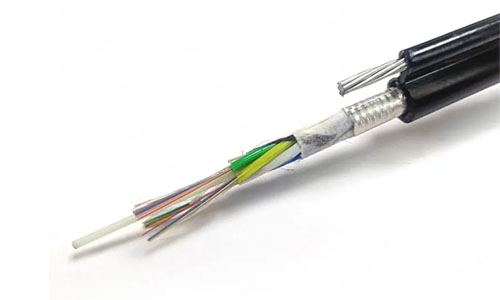 Figure 8 Fiber Optic Cable
Figure 8 Fiber Optic Cable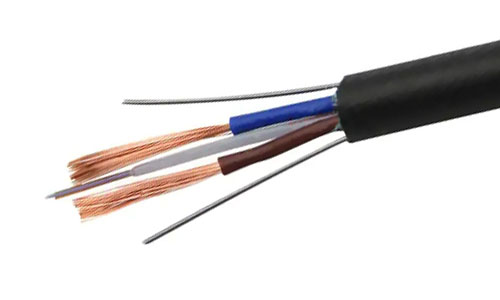 Photoelectric Composite Fiber Optic Cable
Photoelectric Composite Fiber Optic Cable Underground & Pipeline Fiber Optic Cable
Underground & Pipeline Fiber Optic Cable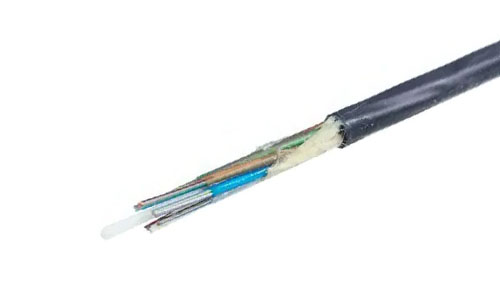 Air-Blown Micro Fiber Optic Cable
Air-Blown Micro Fiber Optic Cable Indoor Fiber Optic Cable
Indoor Fiber Optic Cable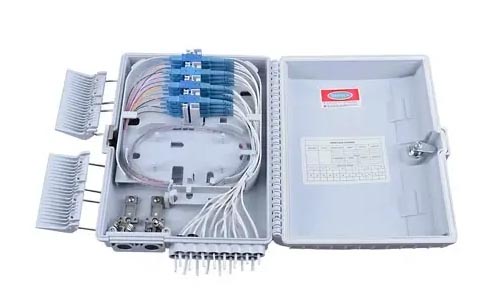 Fiber Optic Distribution Box
Fiber Optic Distribution Box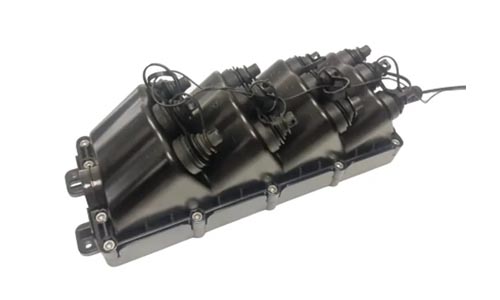 Multiport Service Termina Box
Multiport Service Termina Box Fiber Optical Terminal Box
Fiber Optical Terminal Box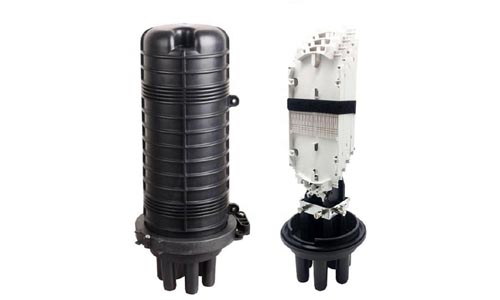 Fiber Optic Splice Closure
Fiber Optic Splice Closure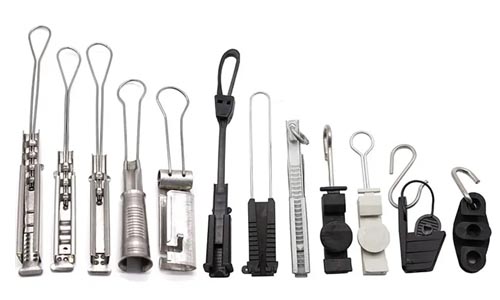 Fiber Optic Clamps
Fiber Optic Clamps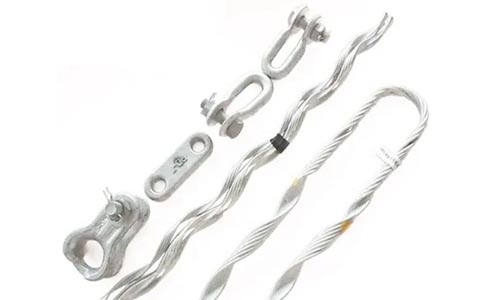 Fiber Optic Cable Fittings
Fiber Optic Cable Fittings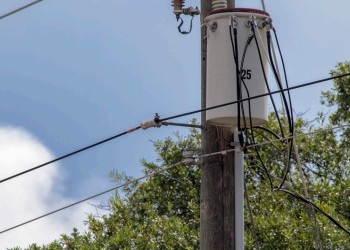 ADSS Fiber Cable
ADSS Fiber Cable ASU Fiber Cable
ASU Fiber Cable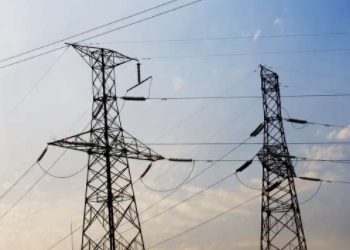 OPGW Fiber Cable
OPGW Fiber Cable FTTH Fiber Cable
FTTH Fiber Cable Figure 8 Fiber Cable
Figure 8 Fiber Cable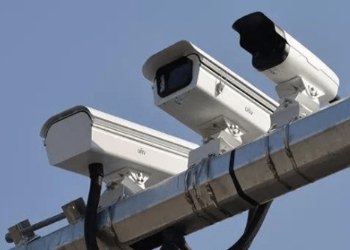 Photoelectric Composite Fiber Cable
Photoelectric Composite Fiber Cable Underground & Pipeline Fiber Cable
Underground & Pipeline Fiber Cable Air-Blown Micro Fiber Cable
Air-Blown Micro Fiber Cable Aerial Fiber Cable
Aerial Fiber Cable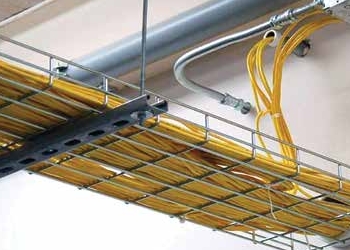 Indoor Fiber Cable
Indoor Fiber Cable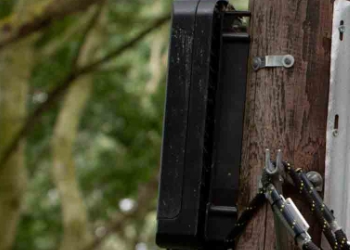 Fiber Optical Terminal Box
Fiber Optical Terminal Box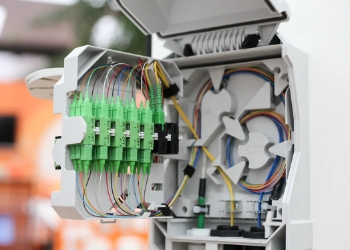 Fiber Optic Distribution Box
Fiber Optic Distribution Box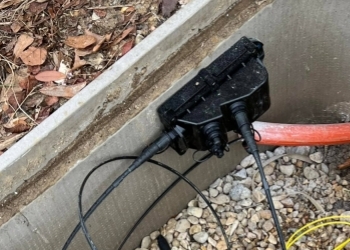 Multiport Service Termina Box
Multiport Service Termina Box Fiber Optic Clamps
Fiber Optic Clamps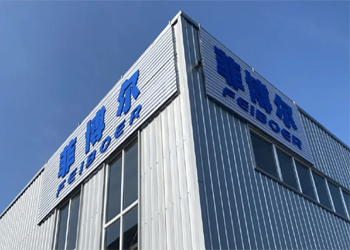 About Us
About Us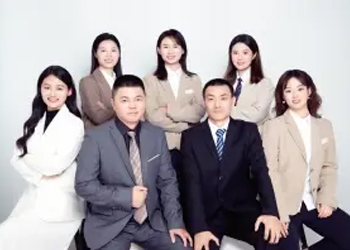 Our Team
Our Team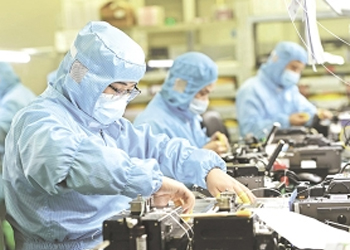 History
History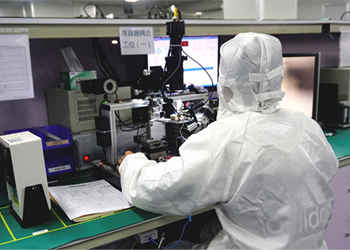 R&D Strength
R&D Strength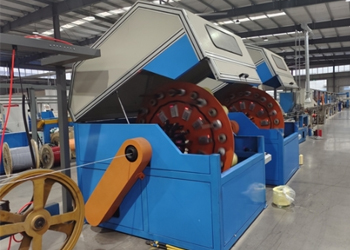 Production Base
Production Base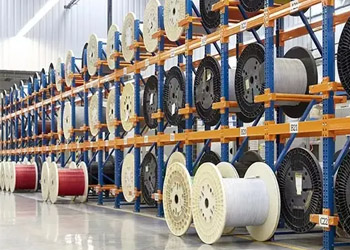 Warehouse & Logistics
Warehouse & Logistics Quality
Quality FAQs
FAQs